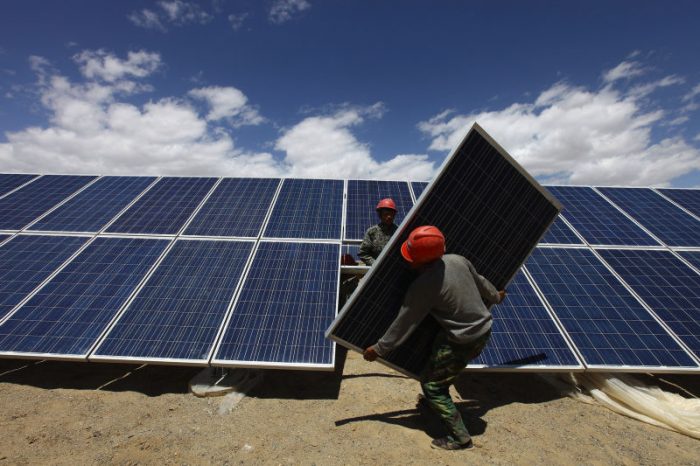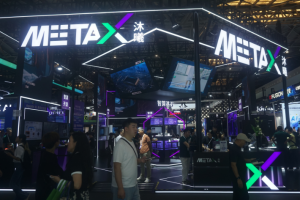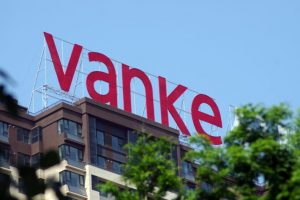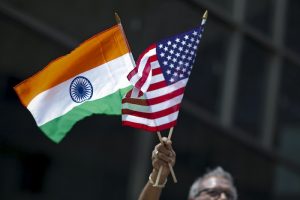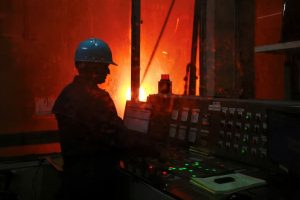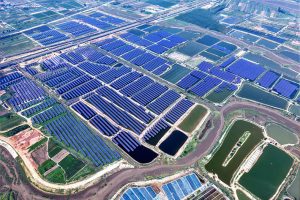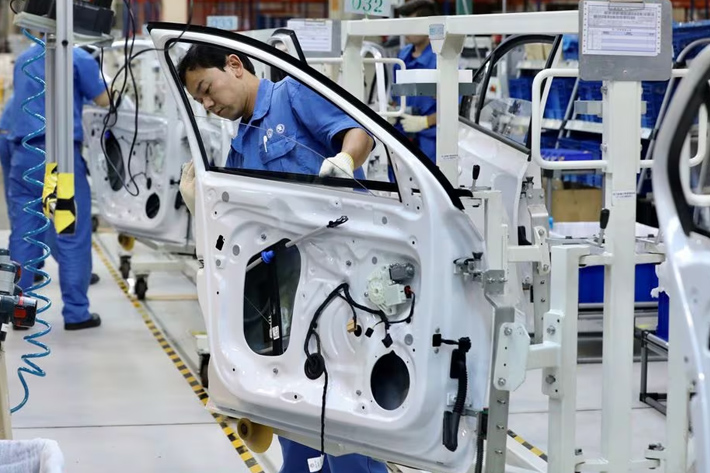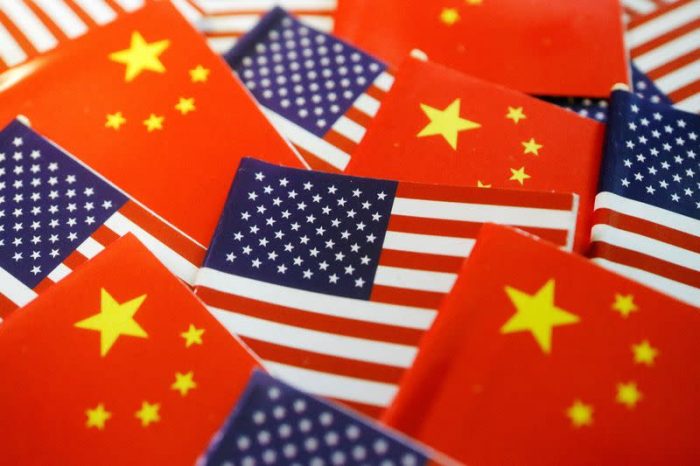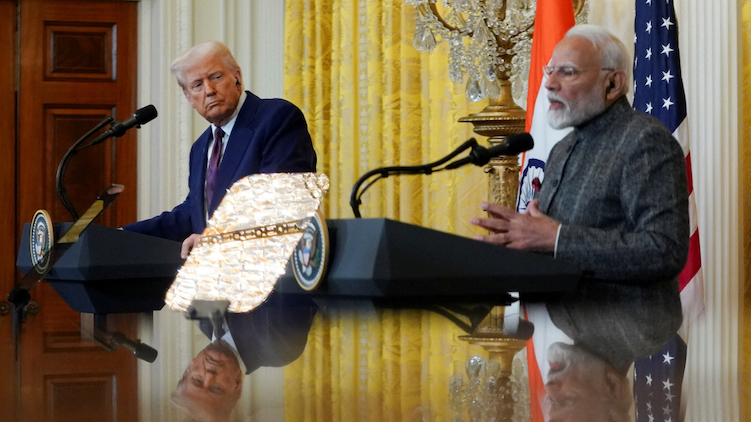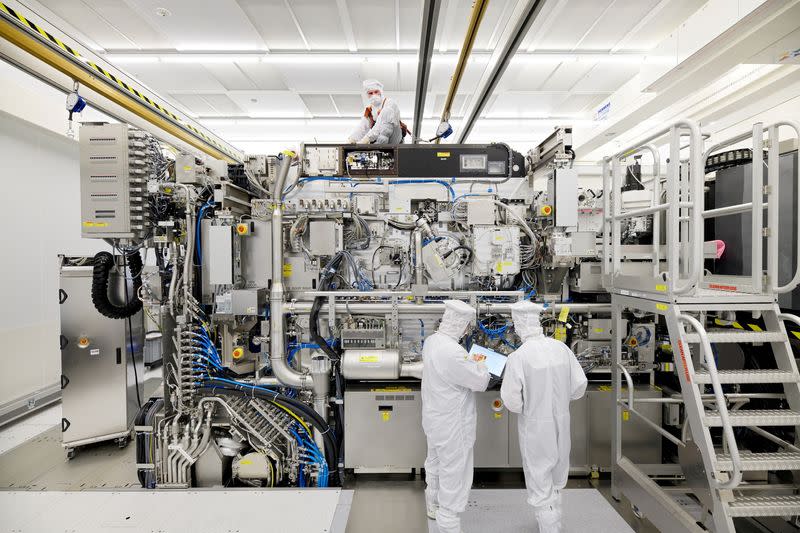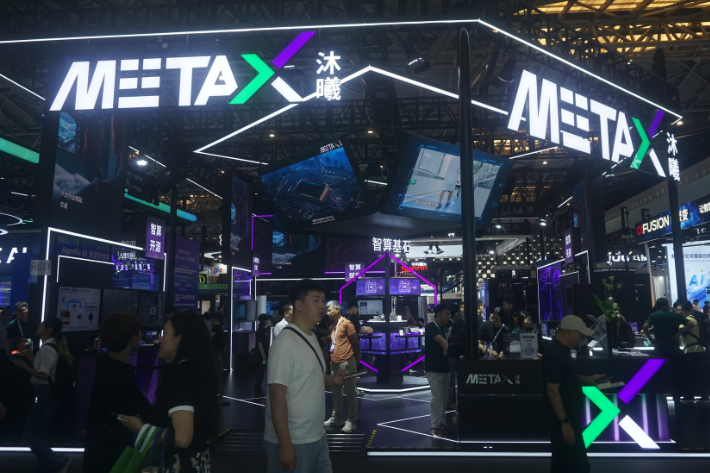The huge scale of downsizing in China’s solar sector has revealed the curious inefficiency of communist China’s subsidy-driven industrial policies in key sectors.
Company filings show that China’s biggest solar firms shed nearly a third of their workers last year, as an industry handpicked by Beijing to drive economic growth battled falling prices and steep losses.
The job cuts illustrate the pain from the vicious price wars being fought across both the solar and electric vehicle sectors, as they grapple with overcapacity and tepid global demand.
ALSO SEE: China Polysilicon Firms Seek $7bn to Shut a Third of Solar Sector
The world produces twice as many solar panels each year as it uses, with most of them manufactured in China.
And polysilicon companies, which are a key part of the solar sector, say they still need to reduce production capacity by a further third of current capacity – all of which suggests the national system struggled to effectively manage national development or properly gauge international demand in an era of heightened geopolitical tension.
87,000 workers shed last year
Longi Green Energy, Trina Solar, Jinko Solar, JA Solar, and Tongwei, collectively shed some 87,000 staff, or 31% of their workforces on average last year, according to a Reuters review of employment figures in public filings.
Analysts say the previously unreported job losses were likely a mix of layoffs and attrition due to cuts to pay and hours as companies sought to stem losses.
Layoffs are politically sensitive in China, where Beijing views employment as key to social stability. Other than a 5% cut acknowledged by Longi last year, none of the firms mentioned above have announced any job cuts or responded to questions from Reuters.
“The industry has been facing a downturn since the end of 2023,” Cheng Wang, an analyst at Morningstar, said. “In 2024, it actually got worse. In 2025, it looks like it’s getting even worse.”
Over 40 firms delisted, taken over or bankrupt
Since 2024, more than 40 solar firms have delisted, gone bankrupt or been acquired, according to a presentation by the photovoltaic industry association in July.
China’s solar manufacturers built new factories at a fever pitch between 2020 and 2023 as the state redirected resources from the sinking property sector to what it used to call the “new three” growth industries: solar panels, electric cars and batteries.
That building spree led to falling prices and a brutal price war made worse by US tariffs thrown up against exports from the many Chinese-owned factories in Southeast Asia.
The industry lost a staggering $60 billion last year.
Ending the price wars
While analysts say it is unclear whether job cuts continued this year, Beijing is increasingly signalling it intends to intervene to cut capacity.
That news sent polysilicon prices soaring nearly 70% in July, while solar panel prices have increased more modestly.
Major polysilicon producer GCL told Reuters on Thursday that top producers plan to set up an OPEC-like entity to control prices and supply. The group is also setting up a 50-billion yuan vehicle to buy and shut around a third of the industry’s lower-quality production capacity.
President Xi Jinping in early July called for an end to “disorderly price competition,” and three days later the industry ministry vowed to end price wars and retire outdated production capacity during a meeting with solar industry executives.
While Beijing has not said when or how it will act, a source with direct knowledge of the matter said it was determined to focus on the issue before the end of the current five-year plan this year.
Officials in eastern China’s Anhui province, a manufacturing hub, told solar company executives in June to stop adding new manufacturing and shut production lines operating at under 30% capacity, according to two industry sources who declined to be identified due to the sensitivity of the matter.
A board member at a solar firm in the province said new capacity had already required verbal approval from powerful state planner, the National Development and Reform Commission (NDRC) this year. They asked for their company’s name to be withheld because the discussions were private.
Provinces disregarding orders
The problem for Beijing is many provincial governments are likely to be reluctant to crack down hard on overcapacity, analysts say. These officials are scored on jobs and economic growth and are loathe to see local champions sacrificed to meet someone else’s target.
Trina Solar’s chairman told an industry conference in June that new projects had begun this year despite the NDRC calling for a halt in February.
The foot-dragging reflects the scale of the cull required. Jefferies analyst Alan Lau estimated at least 20-30% of manufacturing capacity would have to be eliminated for companies to return to profitability.
“There’s a lot of overcapacity in China, like steel, like cement, but you don’t see any industry in the past having industry-wide cash loss for one and a half years already,” Lau said.
Company-level losses are on the same scale as in real estate, another crisis-hit sector, even though solar is only about one-tenth the size, he said.
“This is highly unusual and highly abnormal.”
- Reuters with additional editing by Jim Pollard
ALSO SEE:
China’s Leaders Keen to End Vicious Price Wars, Curb Deflation
Is China Finally Set to Rein in its Huge Industrial Overcapacity?
China’s Xi Issues Rare Warning on Over-Investment in EVs, AI – FT
China Softens Tone on US Ties Amid Potential Thaw In Chip War
China’s Criticism of Price Wars Sheds Light on Xi’s ‘Waning’ Power
China’s Intense EV Price War Taking a Toll on Car Dealers
A Deflationary Spiral Looms Over China as Overcapacity Bites
Solar Overcapacity Kills Projects, Fuels Bankruptcies In China
Creative Ideas Needed to Stem China’s Overcapacity: US Official




